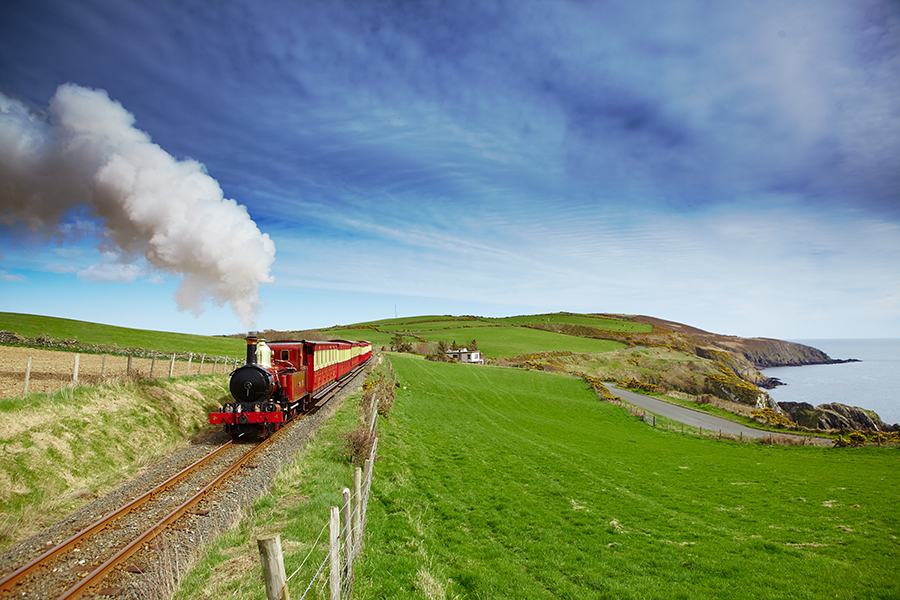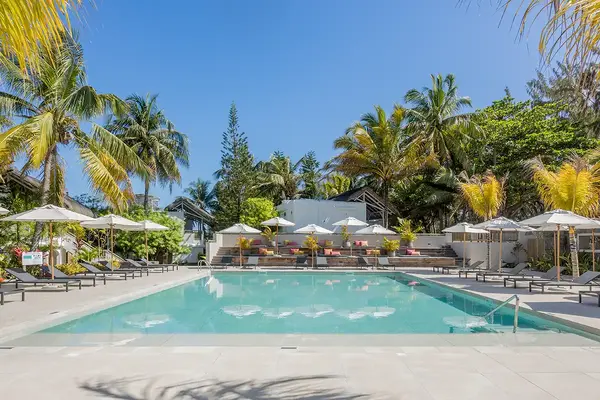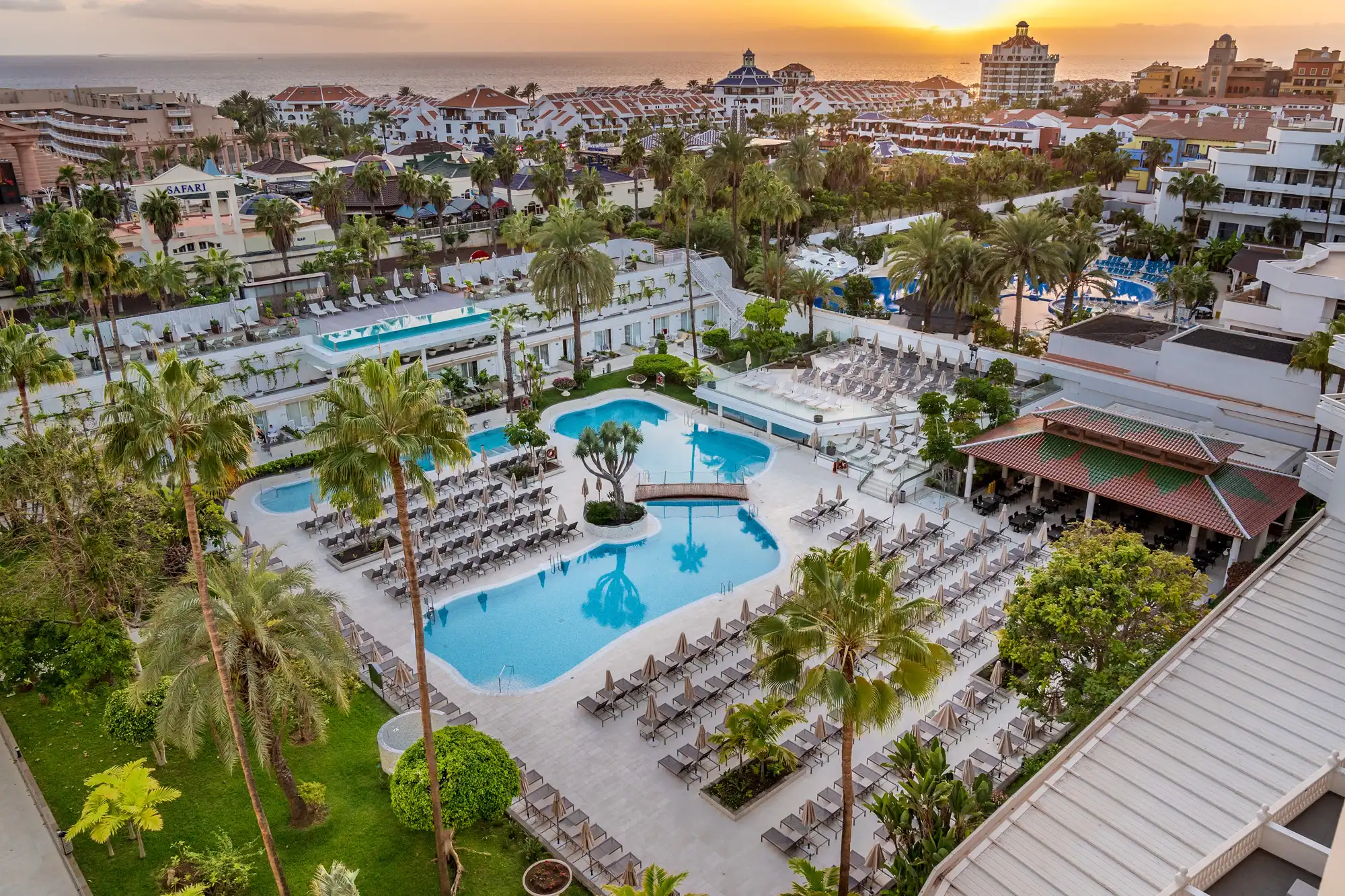The short break option that's the best of Britain in miniature
With its heavenly scenery and heritage railways, clients will be chuffed with a holiday to the British Crown dependency of the Isle of Man, as our writer discovers

In a year when the trains have seemed endlessly dogged by strikes and poor performance, mainland Britain is put to shame by the Isle of Man’s heritage railways. It’s 10am and, right on time, my train pulls out of Port Erin station, cheerfully announcing its departure with a whistle. From my window seat, I watch smoke clouds billow past hedgerows, woods and flowery meadows. It’s a landscape that must have barely changed in the 150 years since trains first huffed and puffed their way through the Manx countryside.
Steam trains arrived on the Isle of Man, which is set in the Irish Sea between Great Britain and Ireland, in 1873, running firstly between Douglas and Peel and eventually growing to encompass four lines. By the 1920s and ’30s, over a million passengers each year rode these trains; but by 1968, only the Port Erin line survived. It’s still served by the original rolling stock that I’m travelling on today, with brightly painted locomotives pulling wood-panelled carriages that look as if they’ve been plucked from a Downtown Abbey scene.
Along with electric trains and horse-drawn trams, these steam trains are a huge part of the Isle of Man’s visitor appeal, adding romance to a destination that’s packed with yesteryear charm and that moves to a gentler rhythm than the rest of the UK (of which it is a Crown Dependency, rather than a constituent part).
“Clients love exploring on the heritage railways,” Beverley Scarr, Premier Holidays’ product manager tells me. “It is such a unique transport network, and the island is brilliant for short breaks. Walking is becoming a more popular choice too, especially along the 160km Raad ny Foillan coast path. It’s a great cross-sell with the Channel Islands, which draws a similar demographic.”
With up to six daily round-trip departures, the steam trains aren’t just for point-to-point trips: they’re also handy for sightseeing. Half an hour after leaving Port Erin, I jump off at Castletown to explore the medieval Castle Rushen, making use of pre-purchased passes covering transport and admission to the isle’s historic attractions. Then I head back to the station in time for the next train onward to Douglas, the capital, with glimpses of the sea adding to the scenery en route.
At the far end of Douglas’s sweeping bay lies the electric railway’s terminus, which itself celebrates a milestone this year, having opened in 1893. I jump aboard and amble northwards via the east coast’s wooded glens, alighting at Laxey to connect with the Snaefell mountain railway. As it clickety-clacks out of the village, we pause for a photo-stop at Lady Isabella, the world’s largest working water wheel, before climbing up through heathery moorland to the island’s highest point.
Just before the summit, the railway crosses Mountain Road: part of the TT (Tourist Trophy) racetrack that sees motorbikes scream past at 320kmph during this, the Isle of Man’s signature event. It’s a wonder there aren’t more accidents given how distracting the scenery is, with views on a clear day that take in England, Scotland, Ireland and Wales all at once.
Later, back in Douglas, I stroll the promenade, admiring seafront hotels built for Victorian-era holidaymakers. The Claremont is a grand example; its modern makeover includes the excellent Coast Bar & Brasserie. Along with the town’s Noa Bakehouse and Port Erin’s Foraging Vintners winery, it’s one of a raft of recent developments that is making the island feel more up to date.
There’s plenty of fresh island produce to keep things sustainable. Kippers and “queenies” (scallops) are widely available; and Port Erin restaurants Versa and Hawkins Barbecue both champion Manx ingredients.
GROWTH TARGETS
Such newcomers are working in tandem with the isle’s countryside, coast and heritage attractions to draw a new generation of visitors. Deborah Heather, Visit Isle of Man’s chief executive, says: “This year has seen our tourism numbers recover to pre-pandemic levels – we’re on track for 310,000 visitors. We’re aiming to attract 500,000 annually by 2032.” Key to that is the island’s diversity. “Our landscapes are comparable to elements of Cornwall, Devon and the Lake District,” she says. “It’s why the Isle of Man is often referred to as ‘Britain in miniature’.”
Helping to deliver that growth is the all-new Manxman Ferry, connecting the Isle of Man with Liverpool, Heysham, Dublin and Belfast, which carries 948 passengers (up from 630) with improved onboard facilities. “Being powered by the world’s most efficient four-stroke diesel engine, it’s a more sustainable transport option,” adds Heather. “It gives us a real opportunity to grow, especially in the shoulder months.”
This kind of accessibility is an essential element for convenient short breaks. “And with our heritage railways and museums, Manx dancing and 10,000-year-old Norse history,” concludes Heather, “the Isle of Man may be on clients’ doorsteps, but it feels worlds away from Britain.”
Book it: Premier Holidays offers four nights’ B&B at The Empress Hotel in Douglas from £369pp, including ferry crossings. Add a Go Explore 3-day pass from £44pp; premierholidays.co.uk
Add colour to client’s bookings (and top up your commission) by offering great value Go Explore Passes or Heritage Passes; or suggest they treat themselves to afternoon tea. All pre-bookable via Premier Holidays.
Shearings offers a four-night Railway Journeys guided tour from £589pp, including heritage trains and half-board accommodation (departs March-October); shearings.com
Resources: Visit Isle of Man’s website (visitisleofman.com) has a Travel Trade Hub packed with inspiration. An online agent training programme is currently in development.
A local travel agent's tips
Perfect Getaways travel adviser Daniella Clarke won the Young Agent category in this year’s Travel Industry Awards by TTG. We asked her to share some of her island home’s secrets.
“I’m so lucky to live on the Isle of Man. You’re never more than 10 minutes from breathtaking scenery and beautiful beaches. One of my favourite spots is Marine Drive, near Douglas, where you can sometimes see dolphins.
I also love walking the coast path from the Chasms to Port Erin, with a break midway at the Sound Cafe. You’d be unlucky not to see seals here.
Port Erin itself is great for sunsets, as is Peel Castle up the coast – always best enjoyed along with a portion of chips and gravy!
On the other side of the island, The Shed in Laxey has great coffee and cake; or head north to Ballaugh Curragh’s nature reserve for wild wallabies.
And back in Douglas, take a tour of the Gaiety Theatre or make a night of it there with a show. Friendly locals will point you in the direction of more hidden gems; and if in doubt, pop into Perfect Getaways. We’re always happy to help!”

















